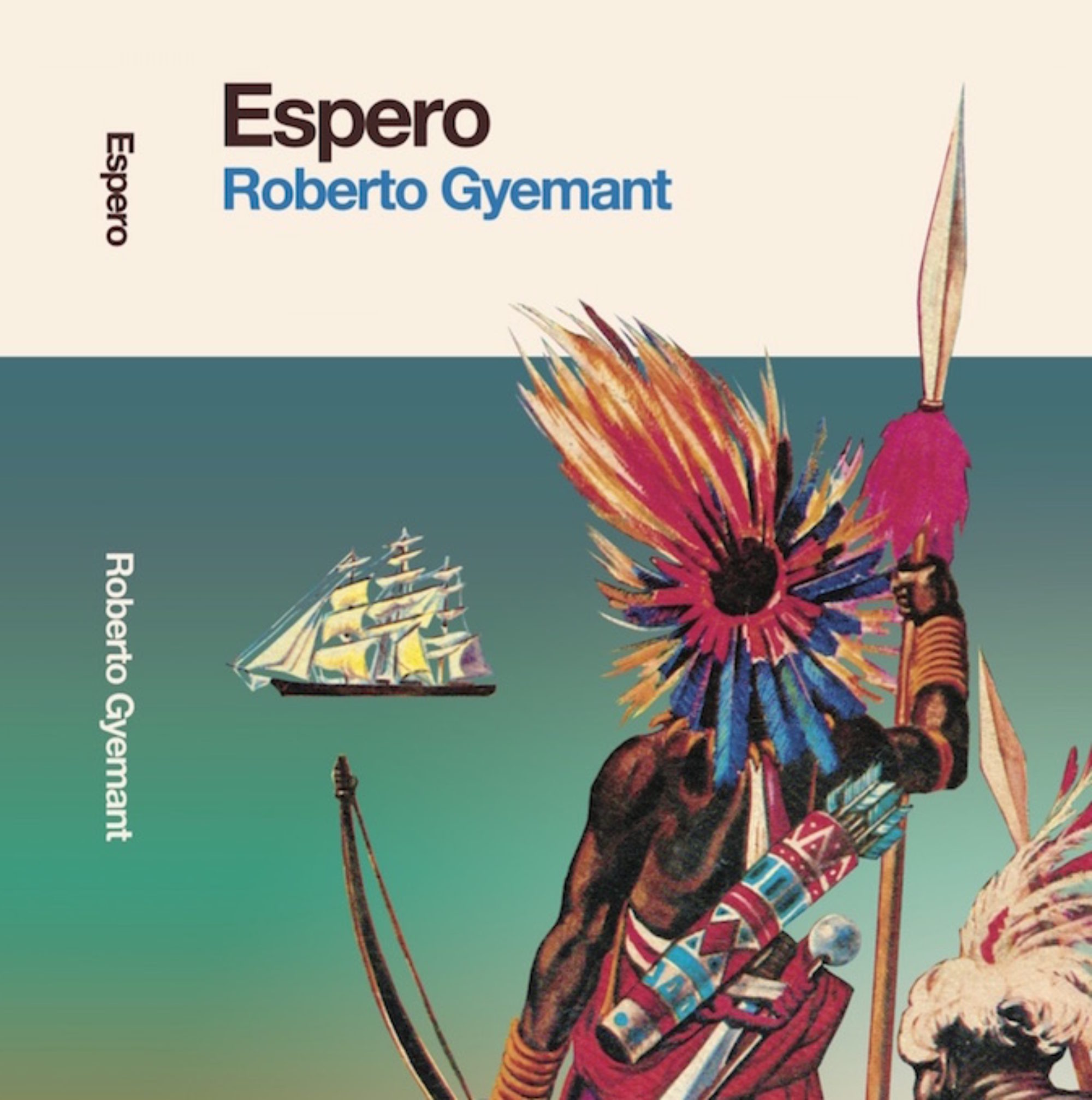Panama’s central location between North and South Americas, status as an international trading crossroads for 500 years – and as a sort of US Colony for the entire 20th century – have all informed its connection to AfroCuban musics.
A key outpost of the Colonial Spanish Empire, Panama is a sister nation to Cuba, and to be reductive, shares a similar African + Mestizo + European + Chinese social base (with more Native people and cultures, and a huge chunk of AfroAntillean English Speaking Protestants as cultural leavening agent). Panama’s Colon Coast sits directly on the Caribbean Sea.
By the 1940s, as Panamanian society and culture began to consolidate after the waves of immigration from the construction of the Canal, the great majority of the music consumed on the radio, in cabarets, theaters and via 78 and soon 45 and 33rpm records was Cuban music. Per the writer Plinio Cogley, probably 70% of the music consumed in Panama was Cuban music.
Cogley’s book “Asi Era Beny Moré” ferrets out details of the 7 (!) times the AfroCuban musical giant (and Pan-Latin American idol) played the Carnavales in Panama. The first time was in 1947, barely 2 years after El Beny had landed in Mexico with Conjunto Matamoros. This was after he had started to make a name for himself on the airwaves, but before he recorded his famous sides with Perez Prado, and while he was still an unknown in his native Cuba. Panamanians were onto him early.

By the same time, Panama boasted a number of Cuban-style big bands, including Armando Boza’s La Perfecta, which contemporaries have told me was one of the absolute best in Latin America generally in the late ’40s/early ’50s. The ’60s and ’70s saw a veritable explosion of AfroCuban music (and Orquestas, Combos, etc.) in Panama, as the Guarachas, Montunos, Guaguancos and Guajiras played and danced locally (see following post on “Hot Panamanian Dancefloor Salsa Pt.1”) reverberated with those being created in the barrios of NYC by the Cuban and especially Boricua/Nuyorican musicians that graced the cultural capital of North America.

By the late ’60s and very early ’70s – as Cuban Guarachas were rechristened “Salsa” in NYC, in the barrios of Puerto Rico, Caracas, Cali and Panama City (Barranquilla, Guayaquil, Lima) – Fania sent their young duo of Willie Colón and Hector Lavoe to tour Panama, reasoning that if the exigente Panamanian public accepted them, they would be a hit in Pan-Latin America. These giants, destined together (and a few years later with Panamanian Ruben Blades) to write the New Testament of the Canon of AfroCuban music, were a smash hit.



Colón and Lavoe brought Panama front and center with their “Panameña” on the La Gran Fuga LP (1971) and their anthemic hit “La Murga de Panama” on Asalto Navideño, released the same year. And you can still hear Hector’s voice on Panama’s airwaves any day of the week, 50 years later.

Finally, here is a picture of record store owner Dora de Angeles (4th from the right), a fixture in the Panama Salsa scene, with NY Salsa legends Roberto Roena (3rd from left), Cheo Feliciano (middle) and Hector Rivera (third from right) in Panama City in 1972 or ’73. Note Roena’s “Our Latin Thing” T-shirt, promoting the epic documentary by Leon Gast. To Dora’s right is her partner Marcela, who was shouted out in various songs of the era, including by El Gran Combo, and who died tragically in a car accident a few years later. On the far left is Freddy Anglin, long time bassist for Bush y sus Magnificos and leader of Freddy y sus Afro Latinos, whose eponymous LP is a an absolute grail among collectors.

For more on Armando Boza’s Big Band, see: https://thesilverpeopleheritage.wordpress.com/culture/our-cultural-legends-in-profile/armando-boza-panamas-big-band-legend/
